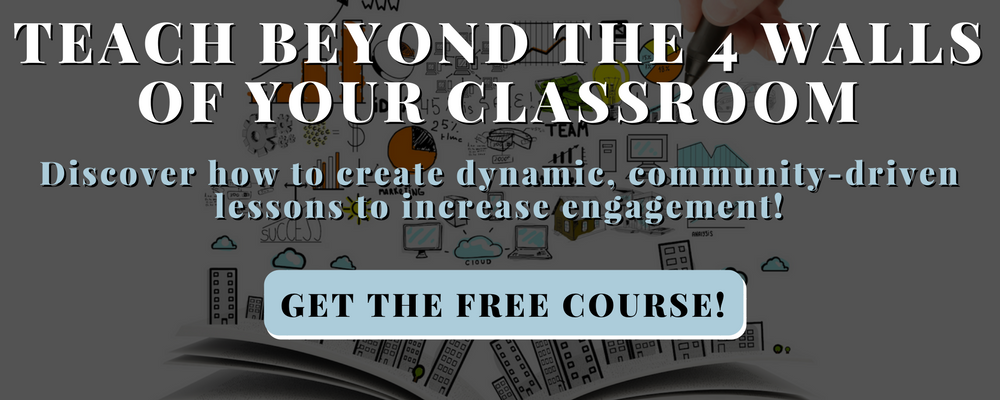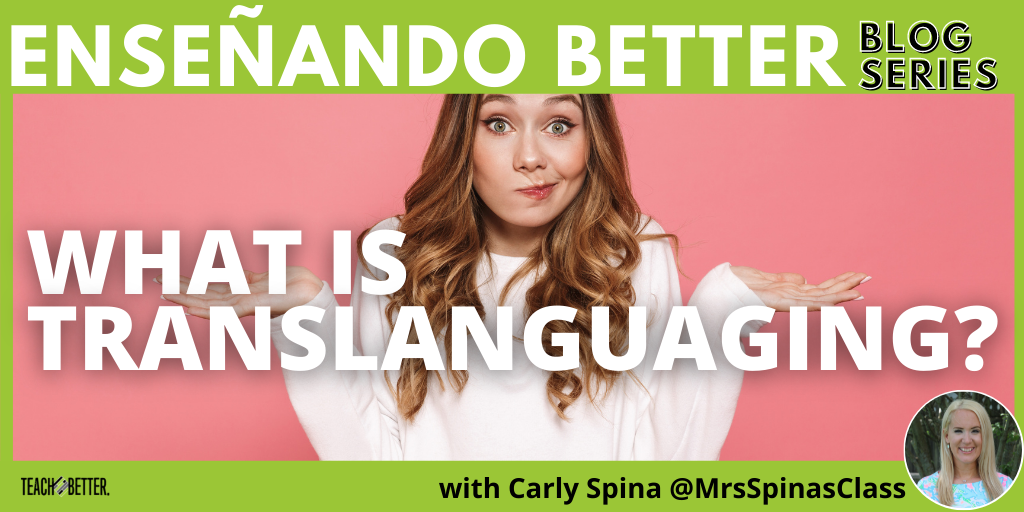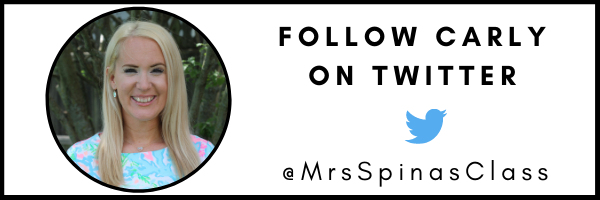TL;DR:
- As educators, we must be strategic and intentional in our language instruction. It is crucial to strengthening our students’ language development.
- The beauty of translanguaging is honoring and elevating the languages of those we serve.
QUICK! We’re going to do a quick experiment! Go grab a clear glass of water. Now put in 2 drops of red food coloring. See how the water is red? Now go ahead and put in 2 drops of blue food coloring. BE SURE THAT THEY DON’T MIX TOGETHER. Wait. Did that work? Were you able to keep the two colors separate? Of course not! They were in the same glass of water! You now have a glass of water with a beautiful violet shade.
Language is very much like this experiment.
The more language we add to our brains, the more beautiful and rich it becomes as it changes, grows, and develops. A multilingual brain is not two monolingual brains in one! Rather, it is one brain with multiple language spaces. If you are bilingual, you’re actually multilingual. Here’s why. I grew up within a monolingual context.
As I entered high school, I was able to learn an additional language, Spanish. Over the years, I had more and more opportunities to practice reading, writing, speaking, and listening in my additional language. I became quite fluent! There are days as a bilingual person that my languages play with each other.
This is because, in my mind, I have an English space, a Spanish space, and a third space where the languages intersect.
Our languages are tied to our families, our cultures, and our identities. They are valuable and rich, and they deserve respect in our learning spaces. Click To TweetEach of those language spaces is valuable and important. And they are all part of my language journey and my identity.
Perhaps you’re like me and you were told somewhere in your own language journey that we should keep strict separations of language. I was taught that mixing my languages together is not good. Perhaps you’ve heard the term Spanglish– a language pattern that employs both English and Spanish interchangeably to communicate with others who are Spanish/English bilingual. I was also taught that when students employ both of their languages together, this wasn’t good. Someone once said that my class was becoming a “language free-for-all.” Woah. There’s a lot to unpack.
As I’ve grown in my professional practice, I had to stretch my thinking and learn from multilingual leaders and experts like Dr. Ofelia García and Dr. José Medina. They teach us that translanguaging is a beautiful, natural language phenomenon where we utilize all of our linguistic assets to communicate. As educators, we must be strategic and intentional in our language instruction so that we can strengthen our students’ language development while also ensuring that we are not assigning a hierarchy to any language or language variety.
Translanguaging: We can help guide our students by being intentional.
As students create and produce language (via a video, essay, project, poster, etc.) with their content (social studies, math, visual art, etc.), we can help guide students in their thinking around purpose and audience. What is the purpose of this product? Are we explaining, informing, arguing, inquiring, etc.? Who is our target audience? If our target audience is monolingual speakers, we should utilize one target language. If our audience is multilingual, we can employ all of our language assets in our product.
In the classroom, if I am multilingual and so are my students, I can go in and out of languages to teach, answer questions, and have conversations.
If I’m teaching math during a block of time that is designated for Spanish language development, I don’t pretend like I don’t know English. I can supply words or phrases, make a connection between the two languages, and support students in asking their questions in Spanish.
If we ask students to answer a math question and they respond by saying, “Yo sé que la respuesta es un square because it has cuatro lados,” how might we respond? Would you pretend you didn’t understand them for the sake of “protecting the target language?” OR, would you say, “Yes! You’re right! There are 4 sides here, so it’s a square- puedo ver cuatro lados también.”
I can affirm the student’s answers as well as the language that they used to express them. On the same note, if a student responded with that phrase, “Yo sé que la respuesta es un square because it has four lados,” what would our conversations about the student be later? Hopefully, we would not be declaring that this particular student “has no dominant language” or even worse, that the student is “low in both languages.” Statements like these are laced in deficit-based thinking of our students.
Instead, let’s recognize how beautifully this student was able to flow in and out of different languages to communicate with a fellow multilingual person. They clearly expressed their answer and also shared a rationale. I honor their full answer (the content and the language), and I can also supply them with the word cuadrado.
[scroll down to keep reading]
The beauty of translanguaging is honoring and elevating the languages of those we serve.
We know and recognize that languages are assets. Our languages are tied to our families, our cultures, and our identities. They are valuable and rich, and they deserve respect in our learning spaces.
For additional resources on translanguaging, please be sure you are following Dr. José Medina (@JoseMedinaJr89), Dr. Ofelia García (author of multiple books including The Translanguaging Classroom). Search the hashtags #translanguaging and #multilinguallearners to continue growing online!
About Carly Spina
Carly Spina has 15 years of experience in Multilingual Education, including her service as an EL teacher, a third-grade bilingual classroom teacher, and a district-wide EL/Bilingual/Dual Language Instructional Coach. She is currently serving 8 schools (EC-8) in a linguistically rich community of over 60 languages and over 800 active EL students. Spina has engaged in the successful co-creation of several parent outreach programs, Title I tutoring programs for students in grades 3-5, mentoring programs for middle school students, co-teaching initiatives, and more. She is deeply passionate about equity and advocacy for multilingual learners and fights for access and inclusive opportunities for kids and families.
Spina actively fights against food insecurity in the community she serves. She has spoken at various national conferences and events and has received several awards over the years, including the Illinois Education Association Reg Weaver Human & Civil Rights Award in 2015 and the Distinguished Service Award for Excellence in the Team Category for EL Community Engagement in 2019. She was the WIDA Featured Educator in April 2019 and was named a Paul Harris Fellow in July of 2019. Spina is an active member of the EL/Bilingual community on social media and enjoys networking and growing with teachers and leaders across the country. She is currently working on her first book with EduMatch Publishing.



